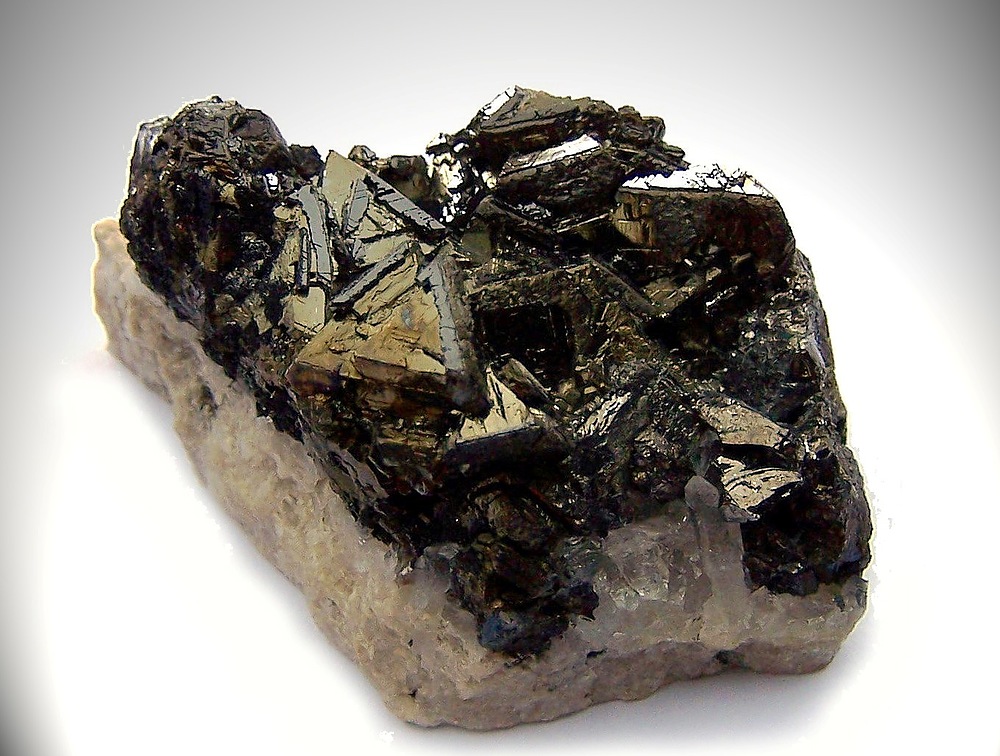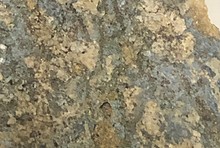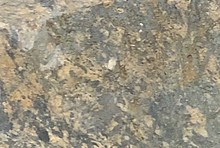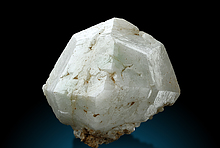Stannite, Kesterite, Owyheeite and other Yaogangxian friends
Last Updated: 6th Oct 2012By Jean-Francois Carpentier
This one is a quite complicated specimen, illustrating the rich mineralogy/chemistry that took place at Yaogangxian.
The specimen (overall 6.0 x 3.0 x 3.0 cm) features sharp tetrahedrons, highly lustrous, with a dark bronze olive color or brown-black color on edges. Some of these crystals – or more precisely some parts of these crystals, actually the stepped edges of these tetrahedrons –, are made of Sphalerite (the black brown looking one), which is most probably the mineral that originally built up.
However, many of these crystals have an hollow structure and are apparently completely pseudo(para)morphosed to Stannite (the bronze olive mineral).
EDS and single-crystal XRD analyses revealed that Stannite is the main pseudo(para)morphosis phase average composition: Cu1.71(Fe0.76,Zn0.13)sum=0.89Sn0.98S4; unit cell parameters determined at 298 K: group I-42m, a = 5.46, c = 10.74 Å; this rules out Ferrokesterite
Yet another intermediary member between Kesterite and Stannite, with an average formula Cu1.70(Fe0.54,Zn0.39)sum=0.93Sn0.98S4, is also associated to this main phase;
Very small overgrowths of Galena are also present on this Stannite-Kesterite assemblage. This can be visualized in the SEM image below.


Finally, the specimen revealed the presence of Bournonite (grey masses to ca. 1 cm, “frozen” in the matrix, EDS confirmed) as well as two more species which were found as small needles (to a few mm) in a little vug nested in between the tetrahedral crystals: Boulangerite (EDS and XRD confirmed) and, more interestingly, Owyheeite (XRD and EDS confirmed; average formula: Ag3.3Pb8.3Sb10.9S28). This seems to be the first identification of Owyheeite at Yaogangxian.
Many thanks to Robert Cohen for the gift of this specimen (another larger one is in his hands) and to Bert Ottens for fruitful discussions on this very specimen and the most interesting mineralogy of Yaogangxian deposits.
The specimen (overall 6.0 x 3.0 x 3.0 cm) features sharp tetrahedrons, highly lustrous, with a dark bronze olive color or brown-black color on edges. Some of these crystals – or more precisely some parts of these crystals, actually the stepped edges of these tetrahedrons –, are made of Sphalerite (the black brown looking one), which is most probably the mineral that originally built up.
However, many of these crystals have an hollow structure and are apparently completely pseudo(para)morphosed to Stannite (the bronze olive mineral).
EDS and single-crystal XRD analyses revealed that Stannite is the main pseudo(para)morphosis phase average composition: Cu1.71(Fe0.76,Zn0.13)sum=0.89Sn0.98S4; unit cell parameters determined at 298 K: group I-42m, a = 5.46, c = 10.74 Å; this rules out Ferrokesterite
Yet another intermediary member between Kesterite and Stannite, with an average formula Cu1.70(Fe0.54,Zn0.39)sum=0.93Sn0.98S4, is also associated to this main phase;
Very small overgrowths of Galena are also present on this Stannite-Kesterite assemblage. This can be visualized in the SEM image below.

Detail of a Stannite crystal showing “tetrahedral” overgrowths of Galena; Stannite is the dark grey phase; the small lighter domains on this phase are an intermediary member between Kesterite and Stannite

Main grey phase: Stannite;
Inclusions: intermediary member between Kesterite and Stannite;
Large white crystals: Galena
Inclusions: intermediary member between Kesterite and Stannite;
Large white crystals: Galena
Finally, the specimen revealed the presence of Bournonite (grey masses to ca. 1 cm, “frozen” in the matrix, EDS confirmed) as well as two more species which were found as small needles (to a few mm) in a little vug nested in between the tetrahedral crystals: Boulangerite (EDS and XRD confirmed) and, more interestingly, Owyheeite (XRD and EDS confirmed; average formula: Ag3.3Pb8.3Sb10.9S28). This seems to be the first identification of Owyheeite at Yaogangxian.
Many thanks to Robert Cohen for the gift of this specimen (another larger one is in his hands) and to Bert Ottens for fruitful discussions on this very specimen and the most interesting mineralogy of Yaogangxian deposits.
Article has been viewed at least 7231 times.




















Yaogangxian Mine, Yaogangxian W-Sn ore field, Yizhang Co., Chenzhou, Hunan, China